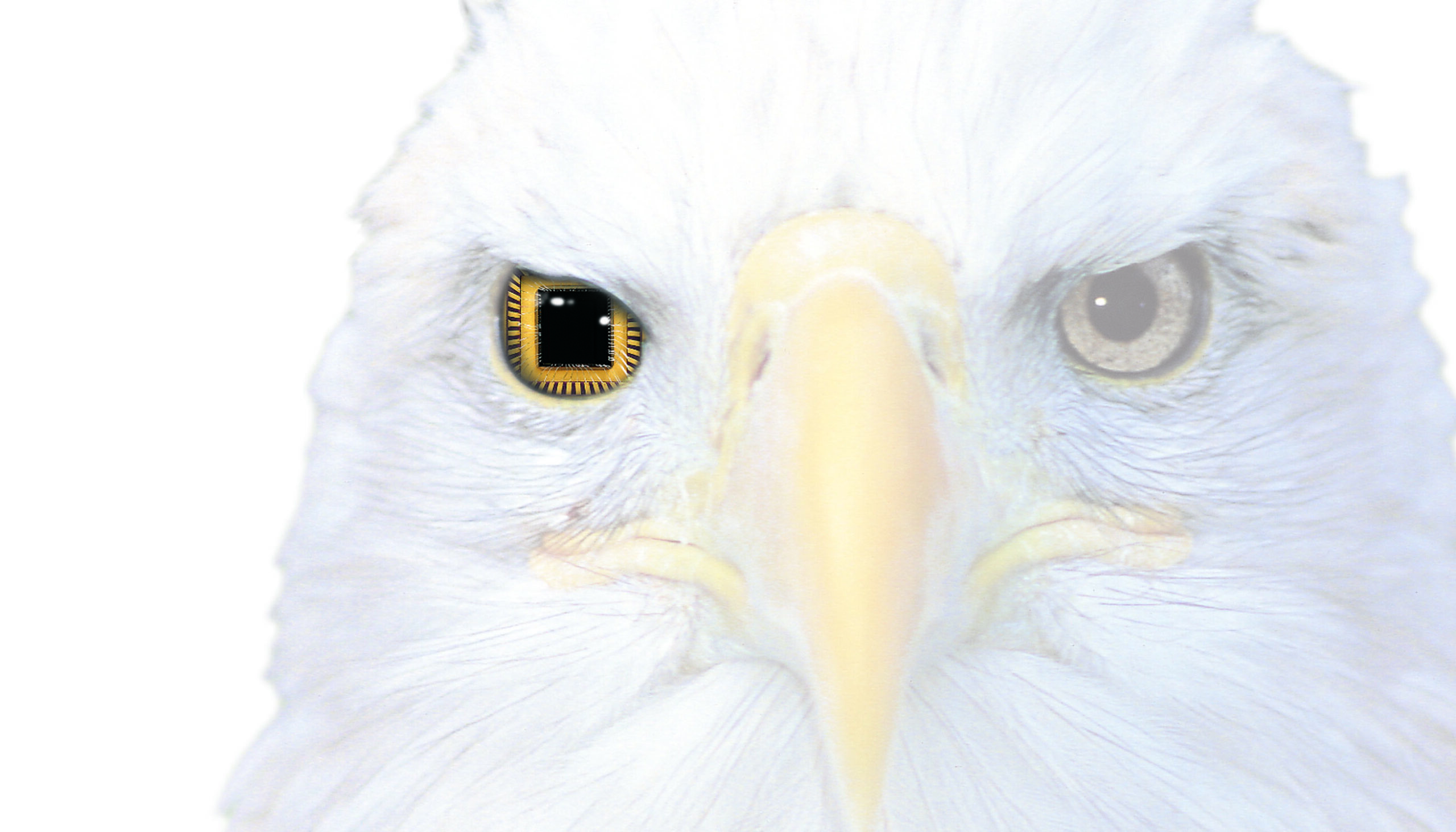Latest Chip Set Designed for Low-Cost, High-Performance Dual-Mode Camera Applications
SUNNYVALE, CA — June 11, 2001 — OMNIVISION Technologies, Inc. (Nasdaq: OVTI), a leader in designing, developing and marketing advanced, highly integrated CMOS image sensors used in electronic cameras and other optical imaging devices, today announced its latest dual-mode digital still camera reference design. The new chip set’s dual-mode functionality enables the camera to operate as either an untethered digital still camera, with its own memory for picture storage, or tethered to a PC, where it operates as a PC video camera. The newest solution, featuring OMNIVISION’s OV8610 SVGA-resolution (800×600) CMOS image sensor, is designed for users who want a higher resolution for both their still images and their computer display. The dual-mode solution has the performance of current CCD-based, dual-mode solutions but with a simpler design and a lower cost of materials. OMNIVISION additionally offers reference designs for both VGA (640×480) and CIF (320×240) resolutions.
“Our charter continues to be one of delivering high-performance, low-cost camera solutions to the general public, and our complete reference design enables rapid design cycles and minimum time-to-market for our OEM customers,” said Bob Stroh, vice president of strategic marketing and business development for OMNIVISION Technologies. “Our reference designs enable camera manufacturers to meet the growing demand for high-performance, yet affordable, dual-mode cameras, and OMNIVISION’s latest SVGA offering further enhances our portfolio of design tools to meet this market.”
More on the SVGA Dual-Mode Reference Design
The dual-mode camera reference design features eight megabytes of internal memory storage, enabling storage of up to 80 SVGA-resolution images with JPEG compression. The memory can be in SDRAM or NAND FLASH configuration. For FLASH memory configuration, the design supports Samsung and Toshiba NAND, such as K9F6408U0B-TCB0 or K9F6408U0B-TIB0. Additionally, the design features a strobe light and a high-quality, focus-free lens. The convenient liquid crystal (LCD) status display is located on the camera back and displays still/video shot, self timer, flash light 50/60 Hz setting and a picture counter for up to 999 shots. The untethered camera can take up to 400 QVGA-resolution JPEG shots for video applications. The camera has an auto-power-off feature that will minimize the power consumption when not in use. A buzzer is also used for shutter/timer/power signals. The dual-mode functionality of the camera enables it to perform PC-based video camera applications. When connected to the PC USB connector, the battery power is cut off so as to extend the battery life.
OMNIVISION offers the reference design with a driver for downloading still images and videos to the PC. It is compatible with Windows 98, 2000, Me and Macintosh O/S.
Pricing and Availability
The dual-mode OV8610 SVGA reference design is currently available at no charge to OEMs using OMNIVISION’s image sensors.
About OMNIVISION
OMNIVISION Technologies, Inc. designs, develops and markets high-performance, high-quality and cost-efficient camera chips. OMNIVISION’s highly integrated image sensors are used in a variety of electronic cameras and optical imaging products for both still picture and live video applications. OMNIVISION’s image sensors provide all the functionality of a complete camera, and only a lens need be added. OMNIVISION is able to integrate many image system functions into a single chip instead of multiple chips required to achieve the same functions by competitive image sensors. The highly integrated design enables customers to design cameras that are lower in cost, smaller, lighter in weight, consume less power, are more reliable and more easily integrated with other circuits than cameras using multiple-chip image sensors. OMNIVISION is based in Sunnyvale, California. For more information about the company, visit www.ovt.com.
OMNIVISION is a trademark of OMNIVISION Technologies, Inc. All other trade, product or service names referenced in this release may be trademarks or registered trademarks of their respective holders.
Certain statements in this press release, including statements regarding the growing demand for high-performance, yet affordable, dual-mode cameras are forward looking statements that are subject to risks and uncertainties. These risks and uncertainties, which could cause the forward looking statements and the company’s results to differ materially, include, without limitation: the failure of our current markets for our products to grow or for new markets to emerge and the other risks detailed from time to time in the company’s Securities and Exchange Commission filings and reports, including, but not limited to, the company’s quarterly reports filed on January 31, 2001. The company disclaims any obligation to update information contained in any forward looking statement.

